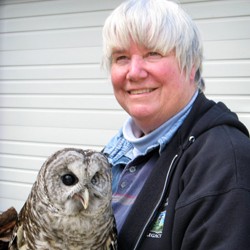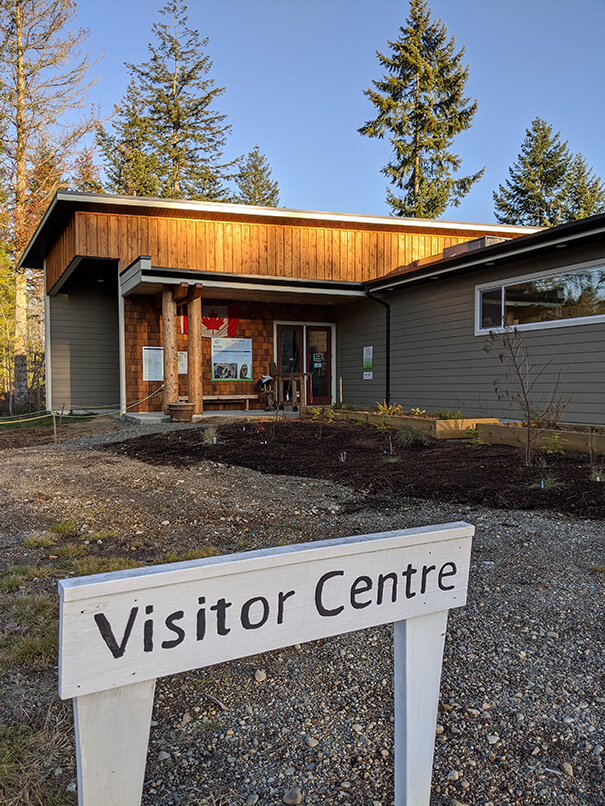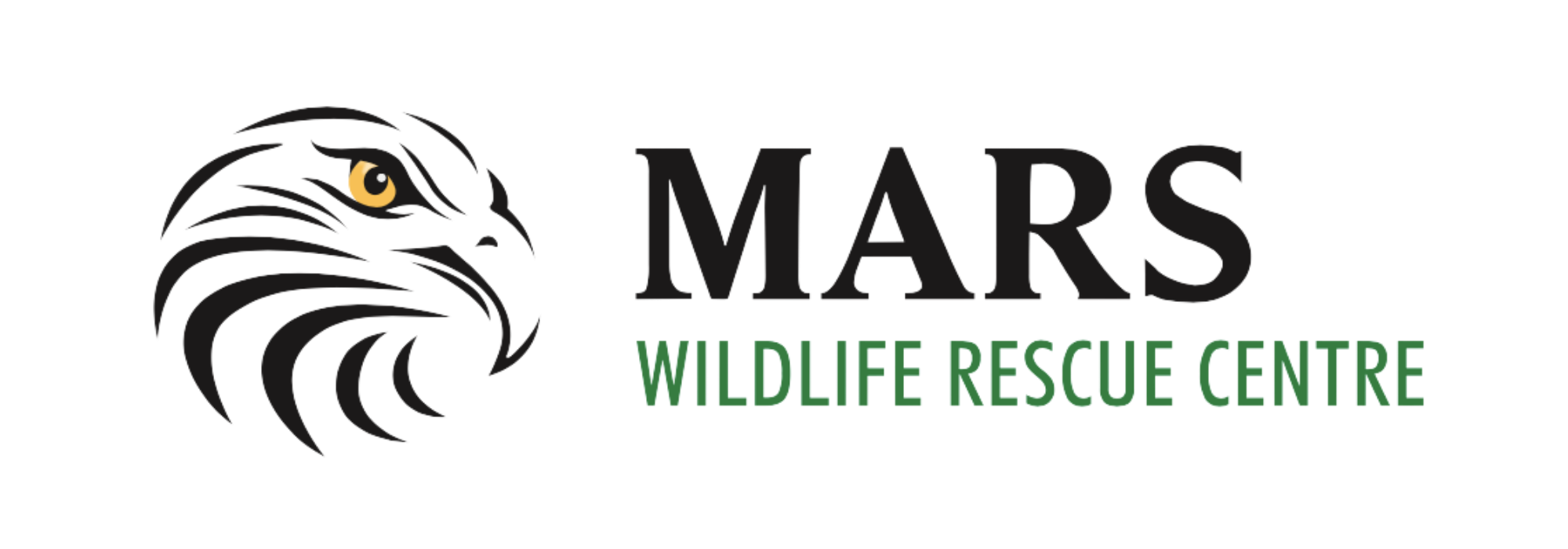The Story of
MARS Wildlife Rescue

MARS Wildlife Rescue founder, Mary Jane Birch, known to many as “Maj”, and her husband Keith were both keenly engaged in the protection and preservation of wildlife and habitat in the Comox Valley. Maj worked tirelessly to rescue, rehabilitate, and release injured wildlife, while Keith built cages to house them all. Maj drew people with the same concern for wildlife rehabilitation to work beside her as volunteers in the early days. It was a shared passion for both Maj and Keith for many years.
Mountainaire Avian Rescue Society
—still our legal name—began on their pretty, forested three-acre property in rural Merville, British Columbia. Maj applied for and received federal and provincial permits to rehabilitate wildlife in 1993; two years later the society was registered as a provincial and federal non-profit charity. Keith died in 2008 after a lengthy illness. His efforts left a legacy that helped MARS grow from treating 100 to 200 patients annually to over 600 at the original location, before the planned move in 2017 to our new home at 1331 Williams Beach Road.

MARS Wildlife Rescue Centre:
Wildlife Hospital & Visitor Centre
Maj dreamed of building a better facility on a larger property that could treat more birds and mammals, while also acting as an education centre. She wanted to teach the public—particularly young people and children—the importance of preserving and protecting the wildlife and habitat of the Comox Valley and northern Vancouver Island.
Our present 11-acre property was purchased in early 2015, with the assistance of a substantial bequest from the Woodrow family. After much planning and installation of services, the new MARS Wildlife Hospital began receiving patients in May 2017 and our Visitor Centre opened in June 2019. Our volunteers and donors—individuals, community groups, and corporate sponsors—have helped us add treatment areas to our hospital, build enclosures for resident and recovering animals, and construct a substantial, multi-area flight pen for recovering eagles and smaller birds.
Sadly, Maj didn’t live long enough to see all her dreams come true. She passed away in November 2015, a few months after the property was purchased and plans for the new MARS Wildlife Rescue were set in motion. Fortunately, Maj was able to provide guidance for this huge undertaking in her last months. We are thankful also to our long-serving board members who understood Maj’s vision and have worked tirelessly to see these plans through.
In her will, Maj left a substantial bequest to MARS Wildlife Rescue to help her dreams along. With the continued support of the local community, our generous donors, and dedicated volunteers, we are working to fulfill her dreams and create a legacy for our communities that will ensure wildlife is protected and wild habitats are preserved through public education at the Visitor Centre.

All of the developments at MARS have been accomplished with donations, large and small, individual and corporate, one-time and monthly.
Please consider donating to our ongoing efforts to rehabilitate and release local wildlife through Canada Helps. Our patients increase in number every year. Material donations are welcomed, too. MARS volunteers bring their talents and energy to this organization in a myriad of ways. Please join us!
Growth Continues with Wildlife in Mind
As the property improvements proceed, we are making habitat preservation and recovery a priority. We are providing wildlife corridors through the property by not adding fences which would prevent transit to grazing areas. From a seasonally dry pond, we have created wet habitat for the wild things. Our wetland area is visited by ducks and heron, and deer come to drink. Even our local bear wanders by in the evening. This area has also seen a species of concern, the Red-legged Frog. We had tadpoles in the pools in the spring of 2019 and are hopeful for their continued return. In short, we are trying to provide habitat to our wild neighbours.
Over the years, MARS has witnessed an exponential increase in the number of animals and birds that come through our doors. In 2021, volunteers and staff tended to over 1400 patients and are expecting to surpass that total this year. By far the main reason for our growing caseload is human expansion into traditional wildlife habitats. Simply put, all of us are interacting with wild nature far more often than we used to, and MARS is seeing more patients as a result.
Maj’s dream continues to grow. Thank you for helping her vision become a reality.

